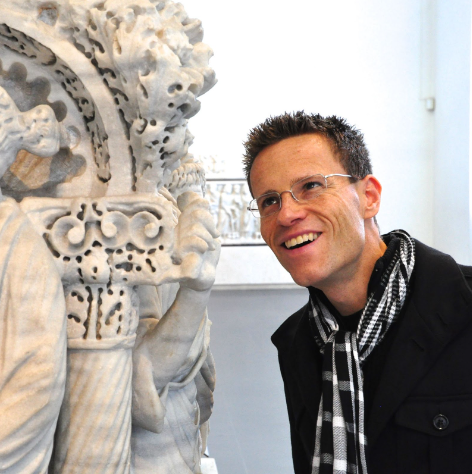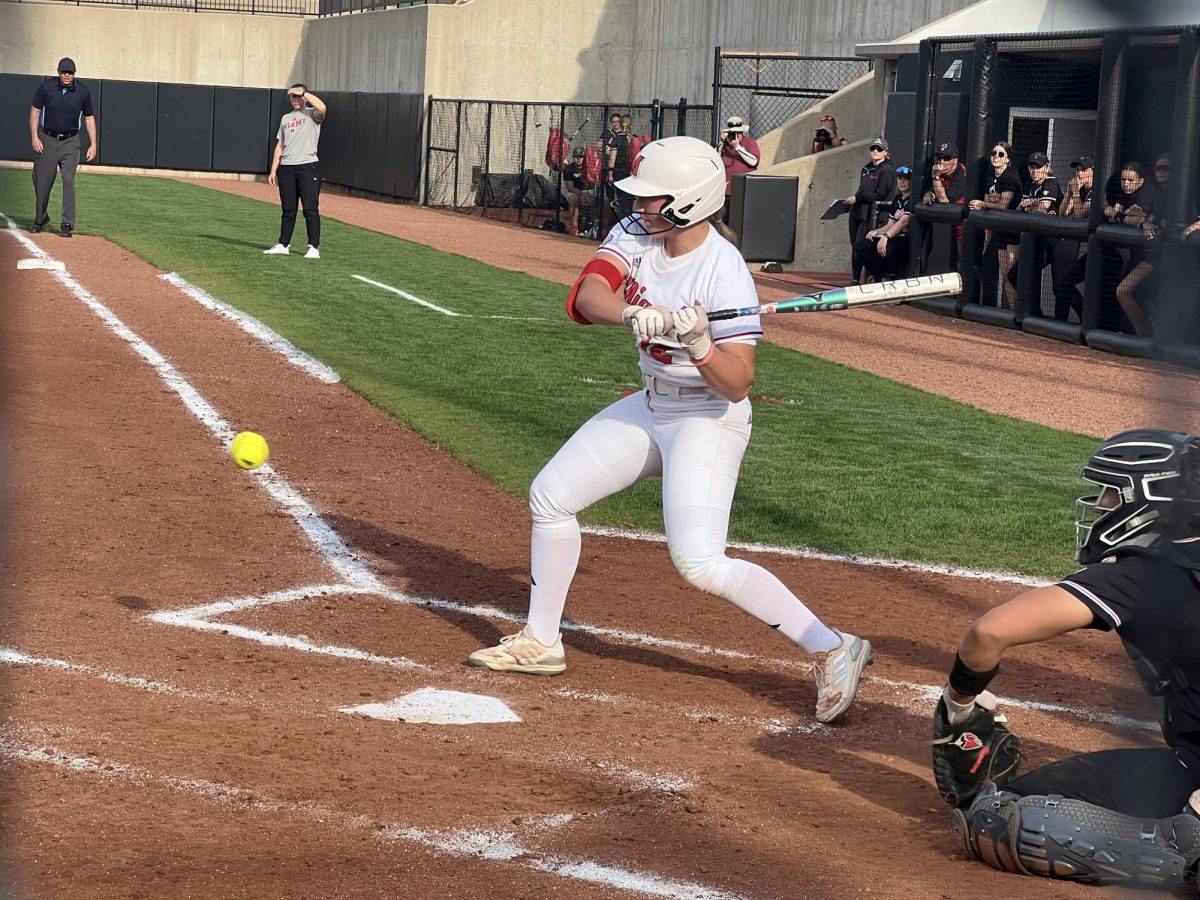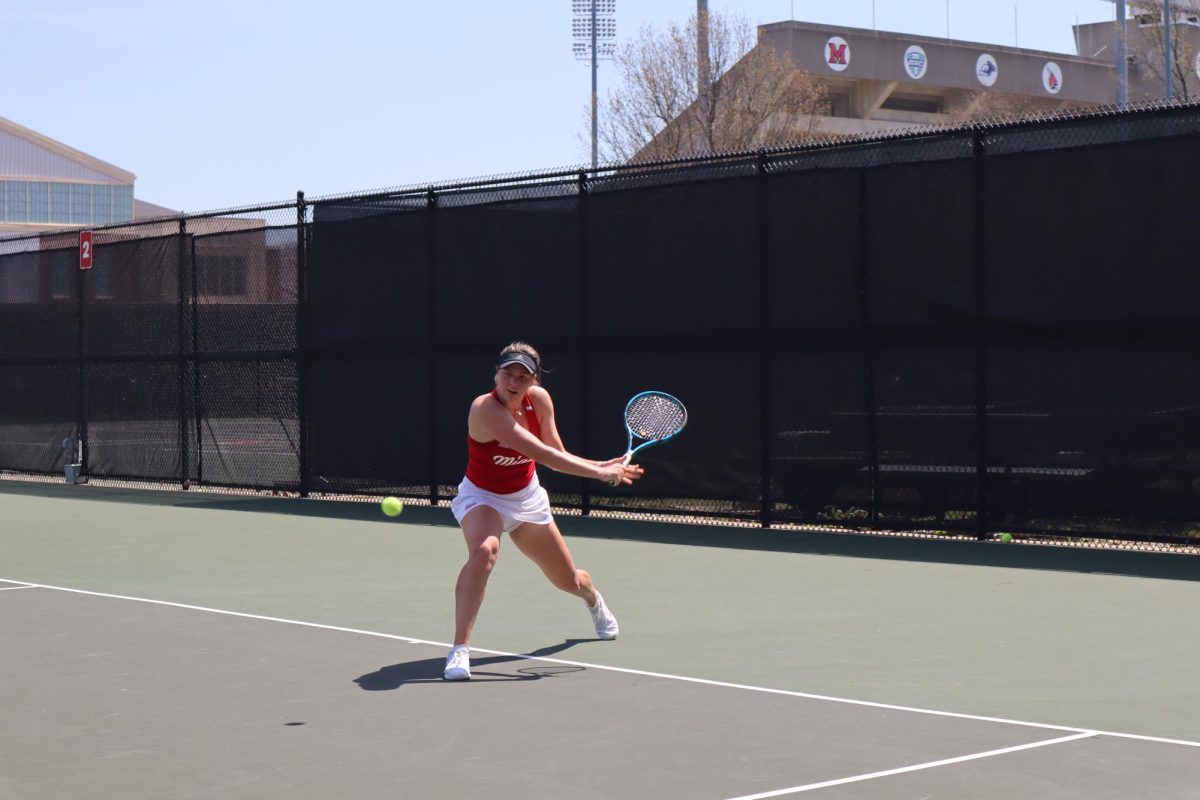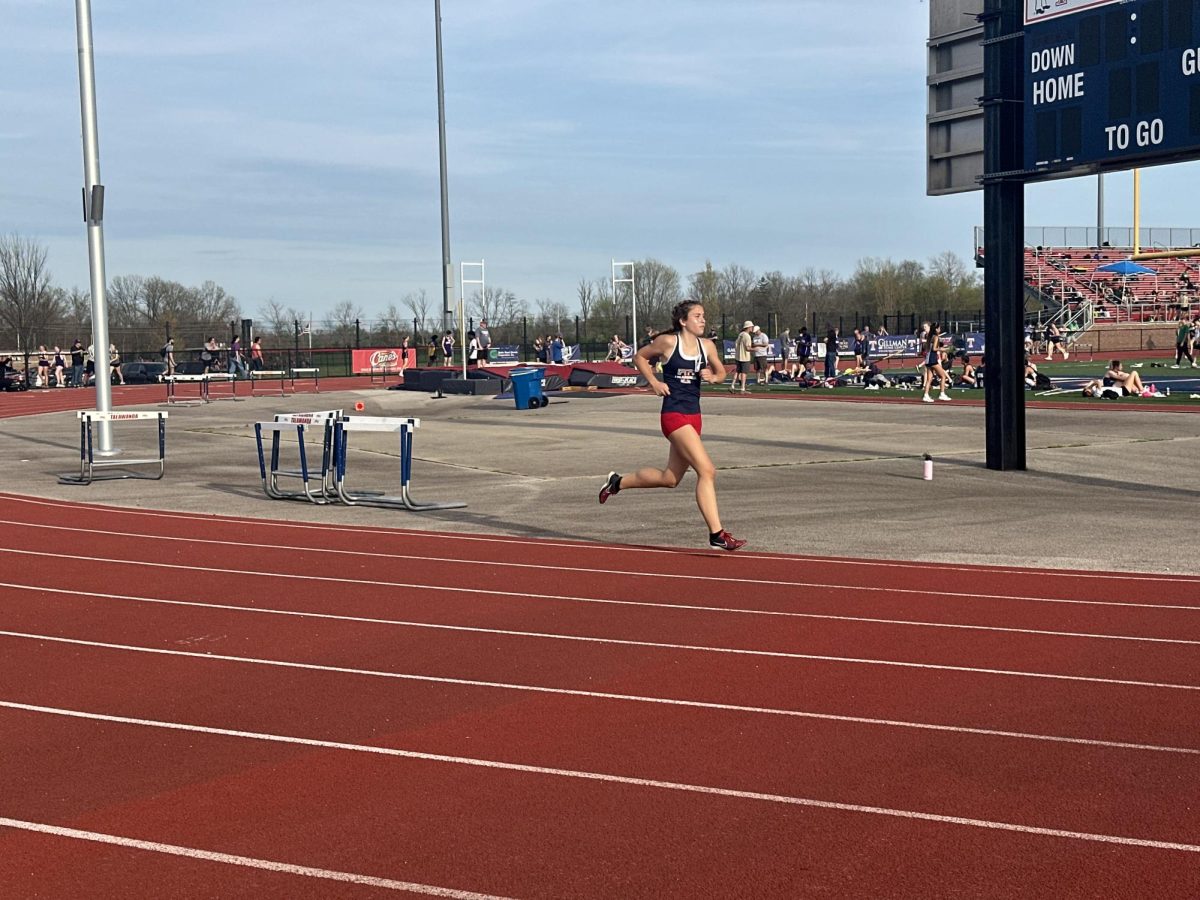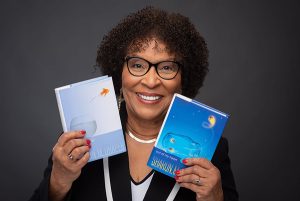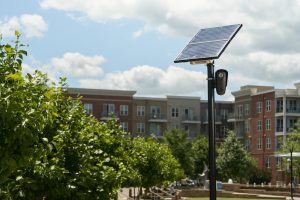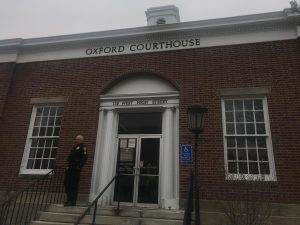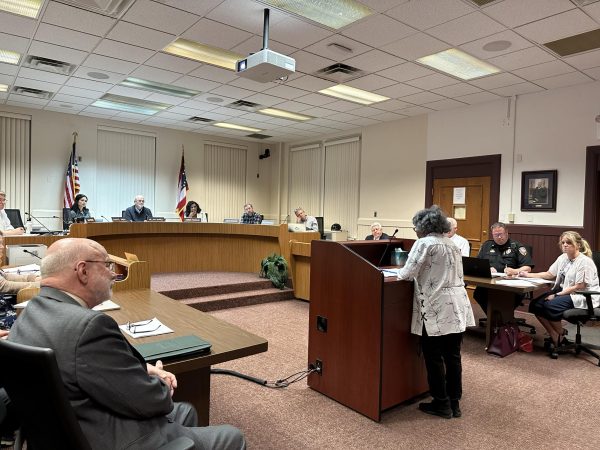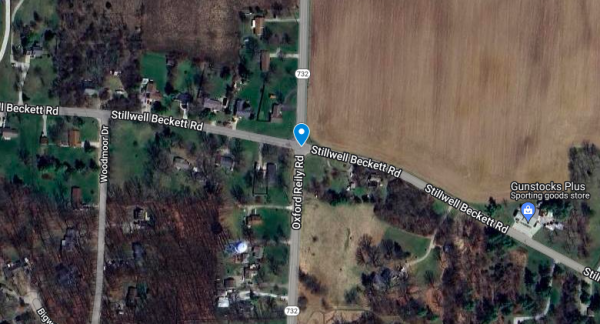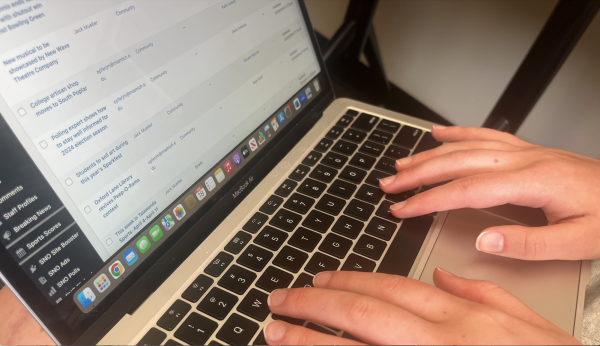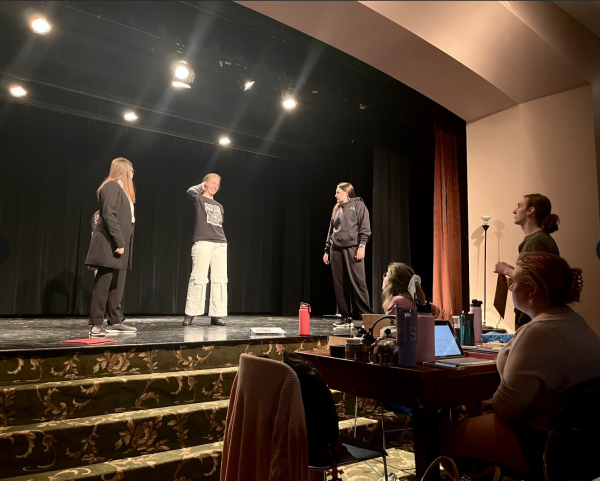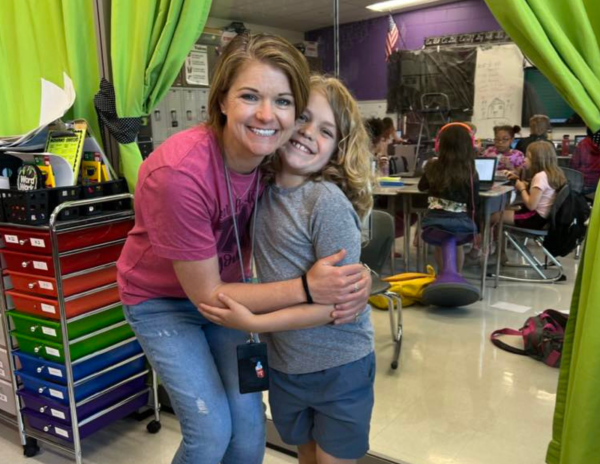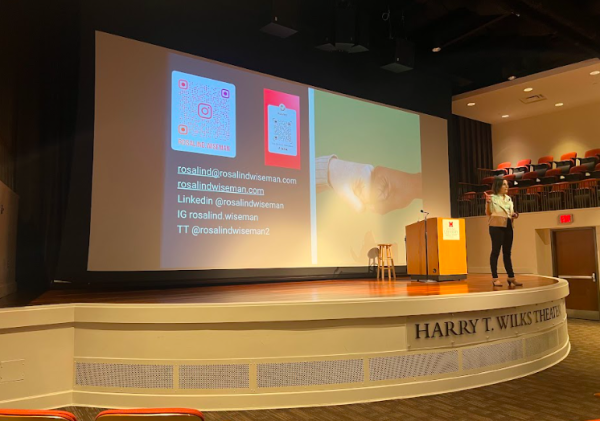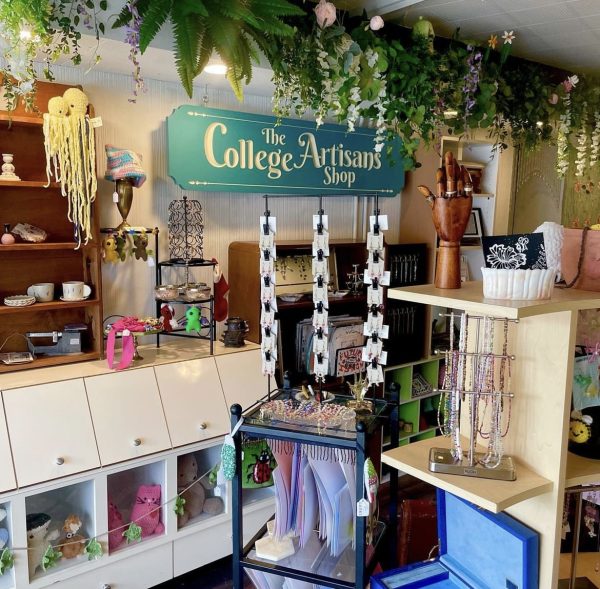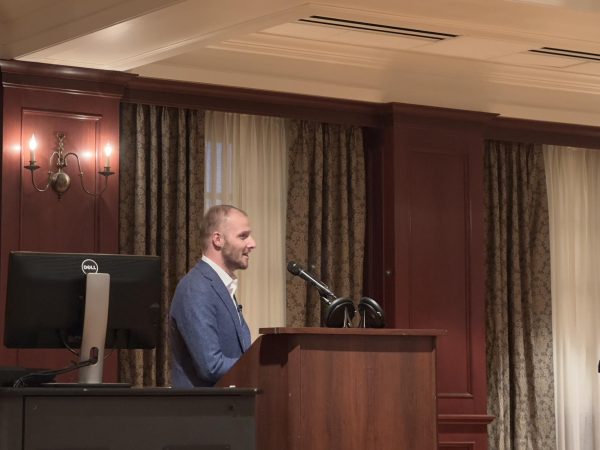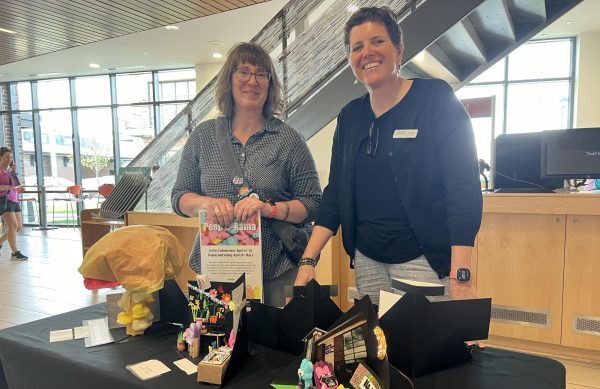Talawanda School District to navigate in-person and remote learning
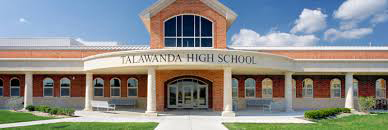
Seventy-seven percent of Talawanda School District students want to take face-to-face classes when the option becomes available Oct. 20, according to a district survey
October 8, 2020
Seventy-seven percent of students in the Talawanda School District have said they want to return to face-to-face instruction when such classes begin Oct. 20.
However, the district is still navigating the challenges of offering both in-person and remote learning. The district has created three different plans in preparation for the transition; there will be a different structure for elementary, middle and high school curricula, said Lindsey Gregg, director of teaching and learning for the district.
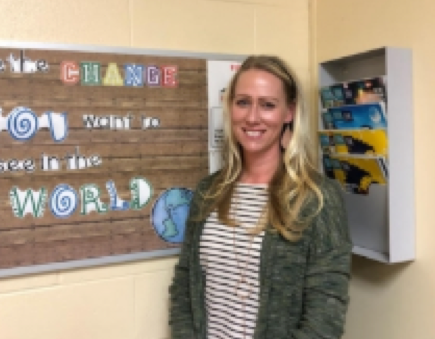
When the school board voted to offer the in-person option, board members and families were concerned that the district might introduce a pre-set, automated online learning platform for remote students. But, Gregg said the district worked hard to provide a Talawanda teacher for every student, remote or face-to-face.
“We hate, hate, hate the idea of a platform,” said Gregg. “It’s not rigorous and it doesn’t align with a lot of instructional things.”
Elementary school curriculum
Teachers for pre-kindergarten through fifth grade will be instructing either remotely or in person, but not both. This is so the younger students can have more time with direct instruction, Gregg said.
With three elementary buildings in the district, Gregg said setting up the structure has been challenging. To make it work, some remote students will receive a different teacher, possibly even from a different school.
“We really appreciate the fact that our teachers are willing to step up and own that learning process with our own kids,” said Gregg. “And frankly, they didn’t want to lose our kids to an online platform.”
Even if teachers have a new group of students, they will not be displaced from their grade level. So, all third-grade teachers will still be teaching third-grade students, whether they are remote or not. Gregg said this is advantageous because whether students are online or not, they will still be in the same place in the curriculum.
Designating which teachers would be online, and which would be face-to-face was done by, first giving all teachers with medical concerns priority in online placement. After that, the district allowed teachers to ask for a remote teaching position if they preferred it.
Middle school curriculum
The middle school curriculum will offer a remote learning period during the day, designated for teachers to take a break from the in-person teaching, and log onto the computer to teach remote learners.
“We won’t have remote learning teachers,” in the middle school, said Gregg. “So (teachers) are kind of juggling both.”
In-person students will not be in the classroom when teachers have their remote learning period. Instead, they will have a different supervised activity or learning opportunity. Most, but not all, teachers will have a remote learning period, making this possible.
High school curriculum
Talawanda High School will be operating on a hybrid flexible model, which combines face-to-face and remote learning so the teacher can do them simultaneously. This will work by remote students logging onto a Zoom meeting, tuning into a live class, while other students are in the classroom.
Gregg said she realizes this model will be asking a lot of teachers, as they will be trying to teach the students at home, and in the classroom.
“It’s going to be hard because we’re asking teachers to teach live and also our remote learners at the same time,” Gregg said.
If in-person students get sick or need to quarantine at home, they will be able to tune into class via Zoom with the other remote classmates, but it is not so easy if teachers are sent home from the virus or other illnesses.
To mitigate the issue, the district is looking into hiring substitute teachers.
“We’re looking into hiring subs for the district because we know that will be a challenge once winter comes and the flu season is here,” Gregg said.
Additionally, grades six through 12 will work asynchronously from home Wednesdays, giving teachers additional time to plan and prepare both online and in-person materials.
Teachers will be given three professional development days before students return. These days will be Oct. 14, 15 and 16. Rather than structuring the days with meetings, teachers will have the flexibility to prepare for the return of students as they see fit. Gregg said this is a necessary step to value the teachers’ time and efforts during the transition.
“We want to really value teachers’ time for planning and preparing on what this looks like,” Gregg said.
The district will provide a few sessions during those professional development days for teachers who want to learn tips on the hybrid flexible model.
The school district plans to closely monitor COVID case counts, as well as recommendations by local and state health and safety officials, to evaluate if schools should return to remote learning. Locally, coronavirus cases are elevated, according to the Butler County General Health District.
While the district said it cannot guarantee social distancing at all times, face masks will be required for everyone in the building, barring meal times, safe mask breaks and medical exceptions.
All coronavirus cases and symptoms will be reported to the Butler County Health Department, and anyone with a possibility of exposure will be notified. More information can be found on the district’s FAQ sheet.
Gregg said it will take patience from the community as the district “irons out all the details and works out the kinks” during the first few weeks of combined instruction.



